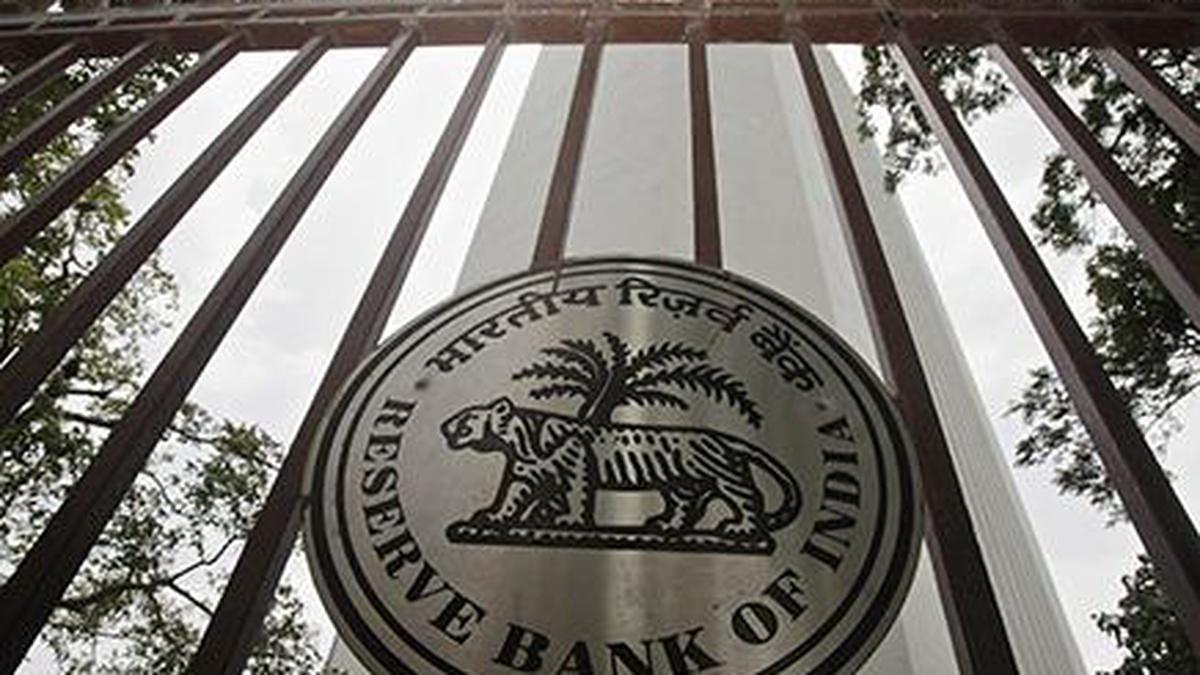Understanding RBI’s Master Direction on KYC: Compliance Requirements for Financial Institutions in India
Introduction
The Reserve Bank of India’s Master Direction on Know Your Customer (KYC) provides a comprehensive framework for financial institutions to verify and maintain records of their customers’ identities. This regulatory measure is crucial for preventing money laundering, combating financial terrorism, and ensuring the integrity of India’s financial system.
What is the RBI Master Direction on KYC?
The Master Direction on KYC consolidates guidelines for Customer Due Diligence (CDD) procedures to be followed by banks and financial institutions in India. It outlines the specific documentation and verification processes required for customer onboarding and ongoing monitoring of transactions.
Why is KYC Compliance Required?
- Prevents money laundering and terrorist financing activities
- Reduces fraudulent transactions and identity theft
- Ensures accountability and transparency in financial dealings
- Aligns with global standards like FATF recommendations
- Protects the reputation and integrity of financial institutions
Key Requirements Under the KYC Master Direction
Customer Identification Procedure (CIP)
- Mandatory verification of customer identity
- Collection of specified documents for different categories of customers
- Special provisions for small accounts and low-risk customers
- Enhanced due diligence for high-risk customers
Customer Due Diligence (CDD)
- Basic CDD for standard risk customers
- Simplified CDD for low-risk customers
- Enhanced CDD for high-risk customers or Politically Exposed Persons (PEPs)
- Ongoing due diligence throughout the business relationship
Risk Management
- Risk categorization of customers (low, medium, high)
- Periodic updates of customer information based on risk category
- Transaction monitoring systems to identify suspicious activities
- Regular risk assessment reviews
Record-Keeping Requirements
- Maintenance of all transaction records for at least 5 years
- Preservation of customer identification records for at least 5 years after business relationship termination
- Secure storage of all KYC documents and information
Differential Applicability Across Financial Institutions
For Scheduled Commercial Banks
- Full compliance with all provisions of the Master Direction
- Implementation of advanced transaction monitoring systems
- Quarterly reporting of suspicious transactions to FIU-IND
For NBFCs based on Asset Size
- NBFC-Upper Layer: Requirements similar to scheduled commercial banks
- NBFC-Middle Layer: Slightly relaxed provisions for digital KYC
- NBFC-Base Layer: Simplified due diligence procedures for certain customer categories
For Payment Banks and Small Finance Banks
- Modified KYC requirements considering their restricted operational scope
- Special provisions for financial inclusion objectives
Penalties for Non-Compliance
- Monetary penalties up to ₹25 lakh per instance of violation
- Business restrictions including prohibition from expanding branches
- Suspension or cancellation of banking license in severe cases
- Individual liability for directors and senior management
- Regulatory supervision and mandatory corrective action plans
Recent Updates and Amendments
- Digital KYC process implementation guidelines
- Video-based Customer Identification Process (V-CIP)
- Integration with Aadhaar-based e-KYC
- Periodic updation requirements during COVID-19 pandemic
- Provisions for KYC of beneficial owners of legal entities
Industry Best Practices
- Centralized KYC Registry (CKYCR) participation
- Implementation of AI/ML for risk scoring
- Real-time screening against sanctions lists
- Staff training programs on KYC compliance
- Independent audit mechanisms for KYC processes
Conclusion
RBI’s Master Direction on KYC remains a cornerstone of India’s financial regulatory framework, evolving with technological advancements and emerging risks. Financial institutions must stay updated with these regulations to ensure continuous compliance and contribute to the security of the financial system.














